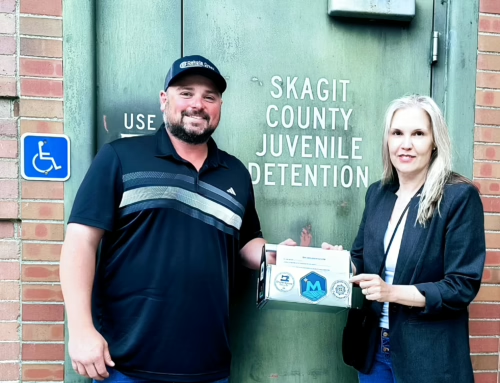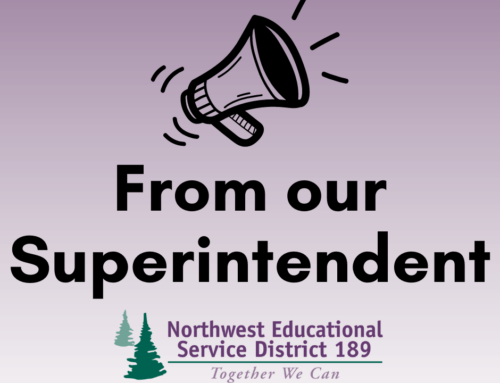As we look towards the end of this school year I’m seeing articles about “learning loss,” popping up everywhere! I’m also noticing that meeting math standards is an especially hot topic embedded within these articles. Educators around our region have shared they will continue to focus on meeting learning goals and address standards in an equitable and meaningful way. To help guide their work this spring math educators can lean on the Standards for Mathematical Practice and instructional routines as ways to support all students. I have learned that by using instructional routines in mathematics, we can also support the social-emotional well-being of students.
The following are two (of many) excellent routines that can help to develop strategic thinking, positive mathematical identities, and student engagement.
Notice and Wonder is a versatile routine that develops student perseverance, self-confidence, and multiple mathematical competencies. Notice and Wonder may be used to open a lesson or provide entry to a difficult problem. In this example, an image is shown and students are asked what they notice. Students can notice anything from the colors they see, to a pattern of growth. Then students wonder. They might wonder how many more squares might be if there was the next image in the pattern. What do you notice? What do you wonder?

(Image: Visualpatterns.org, Pattern #18, from Justin Lanier)
Co-Craft Questions is another routine great for building student agency and one which supports all students in accessing math especially students with learning disabilities and English learners. Students are able to make sense of situations without feeling the pressure of answer getting and practice the mathematical language. In Co-Craft questions, students are presented with a situation (word problems, images, video, data) and create their own questions that can be answered using mathematics. In this example of a word problem, we have also removed all the numbers.
Clare went to a concession stand that sells pretzels for _____, drinks for _____, and bags of popcorn for _____ each. She bought at least one of each item and spent no more than ____.
Here is the actual problem: Clare went to a concession stand that sells pretzels for $3.25, drinks for $1.85, and bags of popcorn for $0.99 each. She bought at least one of each item and spent no more than $10.
- Could Clare have purchased 2 pretzels, 2 drinks, and 2 bags of popcorn? Explain your reasoning.
- Could she have bought 1 pretzel, 1 drink, and 5 bags of popcorn? Explain your reasoning.
(Illustrative Mathematics Grade 6)
Instead of focusing on “learning loss”, let’s dig into how we can ensure children are making the critical connections to the prioritized learning objectives. Let’s capitalize on known instructional strategies that support social-emotional academic learning and provide opportunities for students to share their brilliance.
Questions:
Tina Mott, NWESD Regional Math Coordinator
Resources:
Upcoming Professional Development Opportunity:
Are you looking to support your students in deeper learning with in-person or hybrid learning? Explore mathematical routines that provide equitable opportunities for your students to engage in conceptual learning. Learn ways to leverage routines to support formative assessment to support decisions for just-in-time intervention. Make connections between mathematical practices, engineering practices, and 21st-century skills that support positive habits of mind in learning mathematics.
Equity, Engagement, and Formative Assessment Through Mathematical Routines
- Live and Asynchronous portions
- 6 STEM clock hours
- Zoom: May 13 and May 20
- Asynchronous portion to be completed by May 28.
- Event Link: https://www.pdenroller.org/catalog/event/113669




